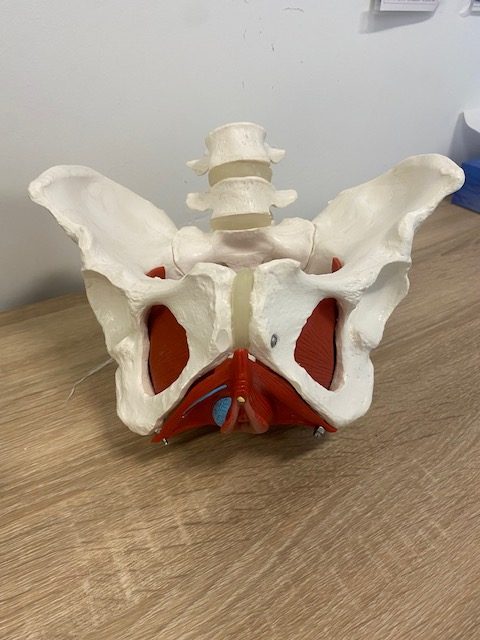A doctors visit isn’t exactly a walk in the park. Sometimes it’s too much to psych yourself up for a blood draw and a prostate exam. This may be why 40% of men skip their annual exam.
Prostate Cancer
The harsh reality is 1 in 7 men will be diagnosed with prostate cancer in his lifetime making prostate cancer the second most commonly diagnosed cancer in men.
More men are opting for removal of their entire prostate (radical prostatectomy). The top two side effects of this procedure are urinary incontinence and erectile dysfunction.
Surgery
During surgery, scalpels cut through skin, nerves, muscle and blood vessels. Nerves are the slowest to recover, sometimes taking up to 2 years for the cavernous nerve to reach a functional status. This nerve is important for erections so without it and them, the muscle becomes weak. The quality of the erection is compromised.
Pelvic PT
Don’t panic. This is where pelvic floor physical therapy enters into the equation. Many men have never heard of Penile Rehabilitation. The focus is to prevent penile shrinkage, re-institute an erection, improve local circulation and increase muscle strength. Sometimes pharmalogical assistance is necessary to coincide with penile rehabilitation. Other adjuncts include vacuum erection devices and stem cell injections.
Body Harmony Physical Therapy has trained pelvic floor therapists to address both erectile dysfunction and urinary incontinence. Our therapists create an individualized program to help you meet your goals.
References:
1. Philippou et all (2016). Penile rehabilitation for post-prostatectomy erectile dysfunction. Cochrane Database of Systematic Reviews.
2. Geraerts et all (2015). Pelvic floor muscle training for erectile dysfunction and climacturia 1 year after nerve sparing radical prostatectomy: A randomized controlled trial. International journal of impotence research.
3. https://newsroom.clevelandclinic.org/2016/08/15/cleveland-clinic-survey-confirms-men-rarely-talk-health/ Accessed 9/5/2018.
Authors: Irene Hernandez, DPT; Keely Faridi, PT








